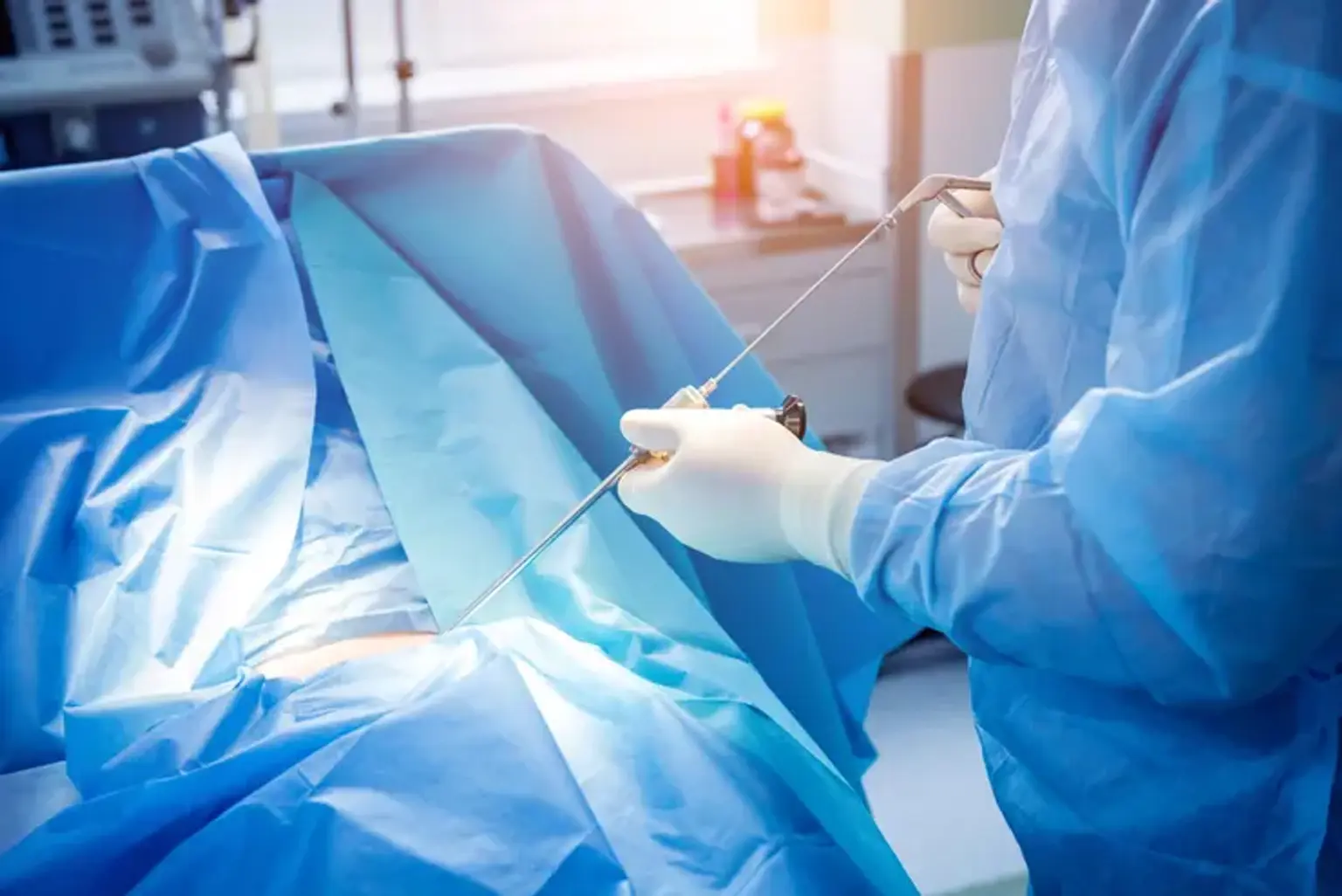Endoscopic Therapy
Therapeutic endoscopy is a developing field of study. Its usage for treatments like polypectomy, papillotomy, and the removal of foreign bodies is universally established, while more recent techniques like endoscopic hemostasis and injectable sclerotherapy for esophageal varices are still debatable.
What is Endoscopic Therapy?
Treatments carried out with an endoscope are collectively referred to as endoscopic therapy. A tiny incision or other body openings, such as the mouth, is used to put an endoscope, thin, tube-like equipment, into the body. An endoscope comprises a lit camera that sends images of your body inside to a video screen the doctor can see. Many diseases are examined and treated by doctors using endoscopes. Minimally invasive procedures are guided by the endoscope and involve the use of tiny tools or drugs. Peptic ulcers, gallbladder diseases, appendicitis, colon polyps, and endometriosis are among the common disorders managed using endoscopes.
